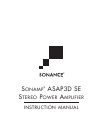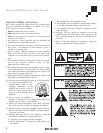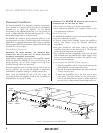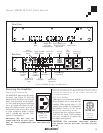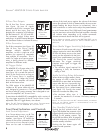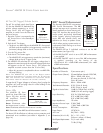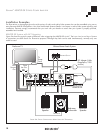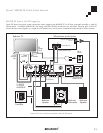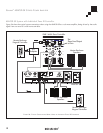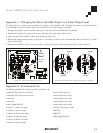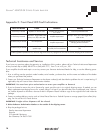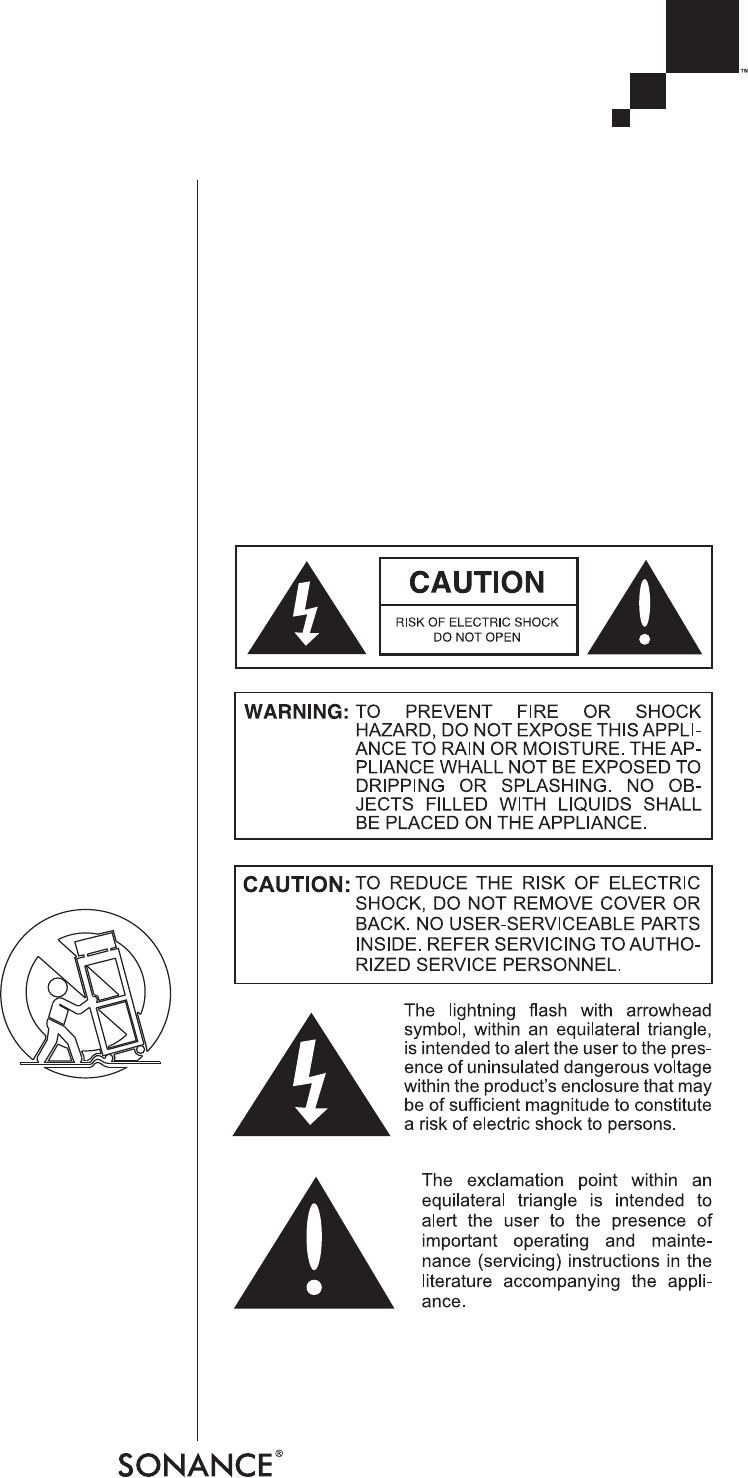
SONAMP
®
ASAP3D SE STEREO POWER AMPLIFIER
2
Important Safety Instructions
Basic safety precautions should always be followed when
using your ASAP3D SE amplifier, to reduce risk of fire,
electric shock, and injury to persons:
1. Read and understand all instructions.
2. Retain these instructions for future reference.
3. Follow all warnings and instructions in this manual and
marked on the product.
4. Any service or repair required must be performed by
qualified factory-authorized personnel.
5. Do not use the amplifier in a high-humidity environment or
near water — for example in a wet basement, or near a
wet bar or swimming pool.
6. Always provide adequate ventilation for the amplifier.
Allow a minimum of two (2) inches on all sides of the
amplifier. Do not block the cooling vents on the amplifier
case.
7. The amplifier should be situated away from heat sources
such as heat registers, radiators, stoves, or other
appliances that produce heat.
8. The amplifier should only be connected to a power supply
of the type marked on its back panel. The power supply
cord should be routed to avoid damage from contact with
sharp objects or being stepped on.
9. Unplug the amplifier during thunderstorms or when it will
be unused for extended periods of time.
10. Exercise care to avoid spilling liquids on or in the amplifier.
11. Do not place the amplifier on an
unstable table, stand, or cart.
Improper placement of the
amplifier may cause it to fall on
an adult or child causing serious
injury, as well as damage to the
amplifier.
12. Do not expose the amplifier to
dripping or splashing. Do not place objects filled with
liquids, such as vases, on the amplifier.
13. Cleaning: To clean the amplifier, wipe it with a soft cloth.
Do not use solvents, as they may damage the amplifier.
14. Non-Use Periods: Unplug the amplifier’s power cord from
the electrical outlet when the amplifier will be unused for
a long period of time.
15. Damage Requiring Service: The amplifier should be
serviced by qualified service personnel when:
A. The power cord or plug has been damaged
B. Objects have fallen, or liquids have been spilled into
the amplifier
C. The amplifier has been exposed to rain.
D. The amplifier does not appear to be operating properly
or exhibits a marked change in performance.
E. The amplifier has been dropped or appears to have
been damaged.
16. Servicing: The user should not attempt to service the
amplifier beyond that described in these instructions. All
other servicing should be referred to qualified service
personnel.
17. Storms: To prevent damage to components, unplug all
electronic equipment during thunderstorms.



